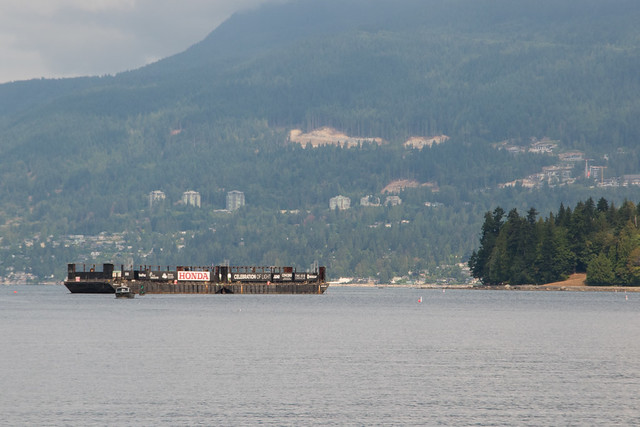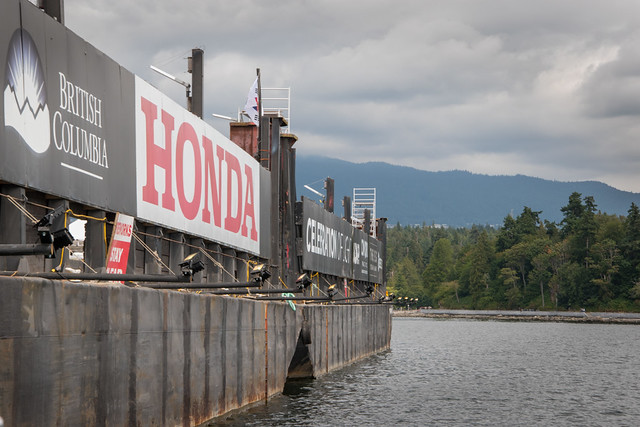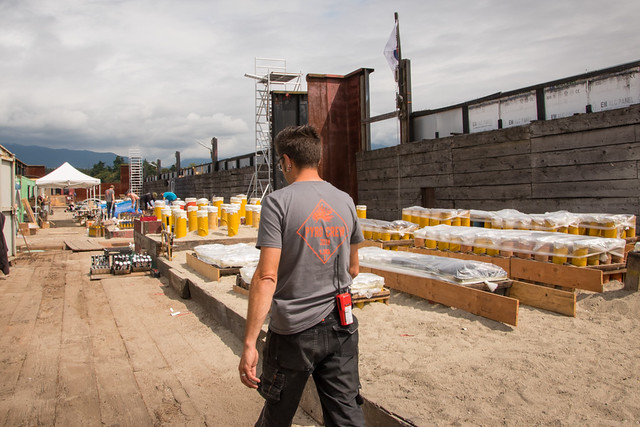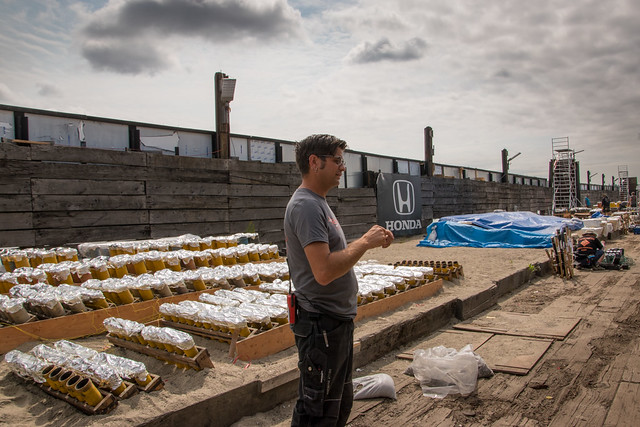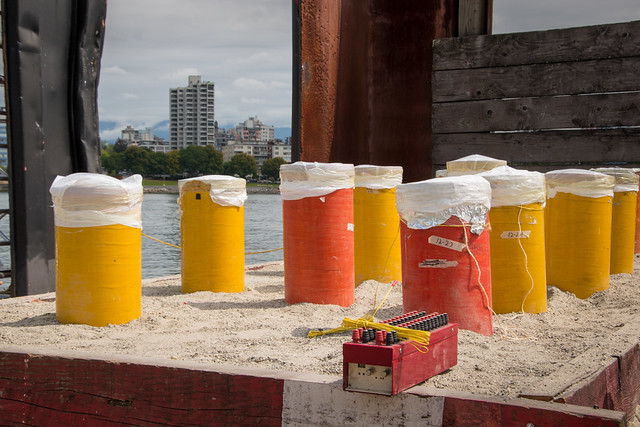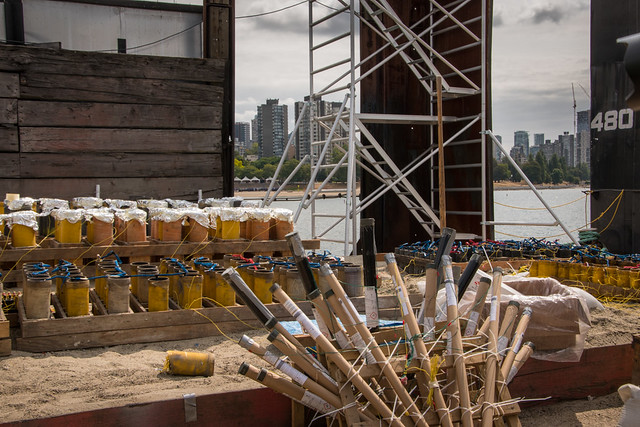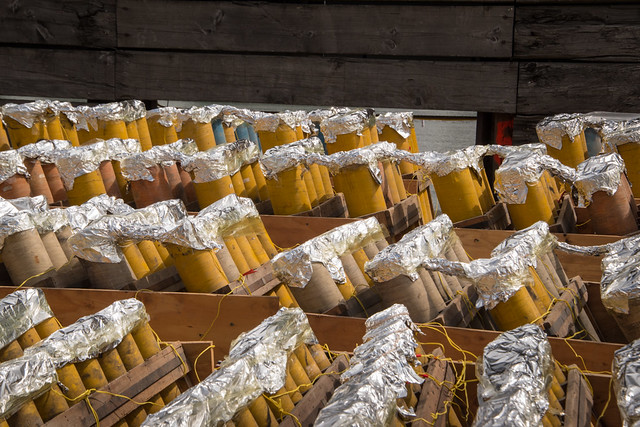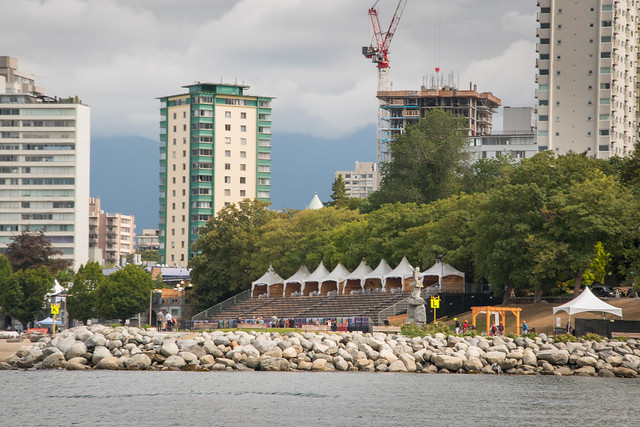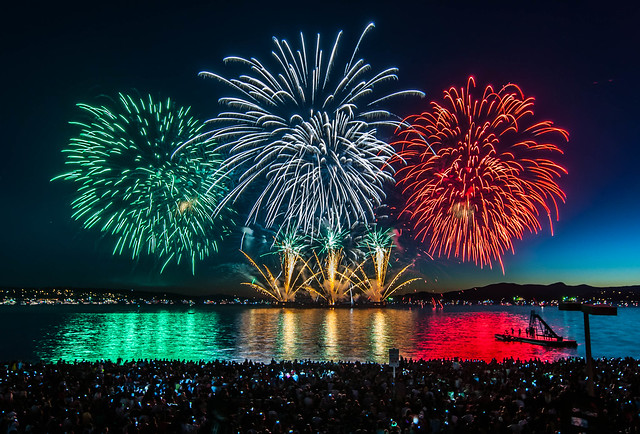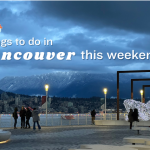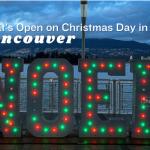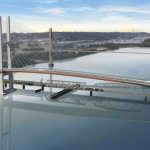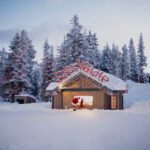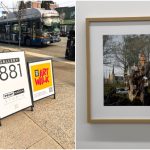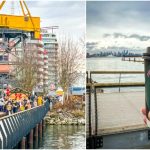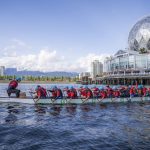Honda Celebration of Light Fireworks Barge Tour
It’s BC’s largest public event and the longest-running offshore fireworks competition in the world! The Honda Celebration of Light Fireworks in Vancouver draw half a million spectators to the shores of English Bay each year, where 3 countries present spectacular displays over 3 summer nights.
Have you ever wondered what goes into producing fireworks shows like this? Well, I got a tour of the twin fireworks barges today and was provided some insights thanks to Kelly Guille from Sirius Pyrotechnics.
Honda Celebration of Light Fireworks Barge Tour
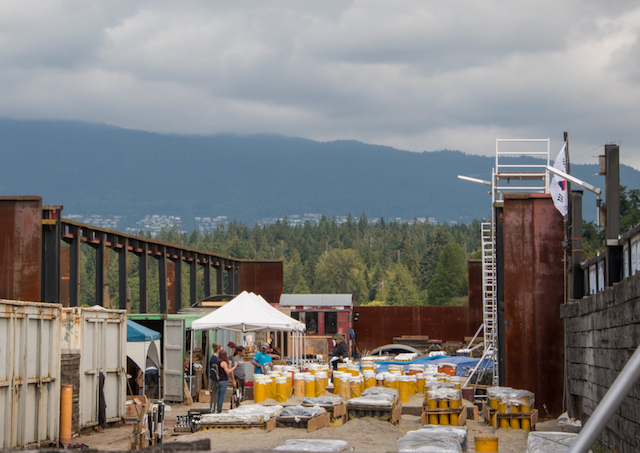
“Every time you see something open up in the sky, it launched from somewhere, which is down here,” Kelly sat along the sand banks on the first barge where we disembarked from a shuttle vessel and picked up a shell.
He explained that if all goes according to plan, there’s a reason you’ll see fireworks explore in specific places at specific times. The commands come from a computer program, synced up to the team’s music, and the rest is all about shells, igniters, and detonations.
By the Numbers
- 2 barges host all of the shells, a galley for fireworks crews, and a shelter for the operators during the fireworks show
- 2,500-4,000 shells, ranging from 2-12 inches in diameter get setup for the fireworks
- 4 people stay on the barge during the fireworks show, Kelly included
“That’s my favourite part as a designer, making a big scene but having something intricate to keep someone’s attention while the rest is happening.”
Sirius Pyrotechnics is on hand to setup the fireworks which have been carefully packaged and curated for a show orchestrated by each presenting country.
How Fireworks Work
Each shell, anchored in sand, is attached to 4 other shells, and the igniter’s cue comes from the firing system (computer) and the whole chain lights at once. However they don’t all fire at once, each has a different delay set, whether that’s 2, 4, 6, 8 seconds. Once the delay is up, the fire gets going!
It can travel at 60ft per second to burn up the shell and ignite a black ball of powder that shoots up into the sky, which simultaneously lights a time fuse.
You know when you can see a little trail of smoke heading up into the sky and you start anticipating the BOOM and flash of the firework? That’s the time fuse. When the fire reaches that, it breaks another shell within and the firework explodes!
Kelly explained it all much more eloquently that than, but that’s my takeaway – and I’m sure you can Google the process as well. It’s fascinating to see how things function up close, especially when you’re used to seeing it from so far away, year after year.
The finale fireworks night of 2018 is Saturday, August 4, 2018 presented by Daehan Fireworks Co., representing South Korea.
Follow the Honda Celebration of Light on Twitter, Facebook, and Instagram for more info.

